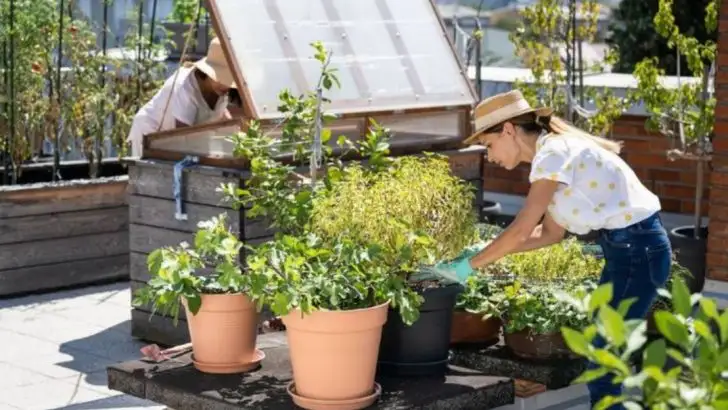Transforming your rooftop into a lush garden oasis is a fantastic way to make use of unused space while enjoying the benefits of nature in an urban environment. A rooftop garden offers a serene escape from the hustle and bustle, while also improving air quality, enhancing privacy, and even helping with energy efficiency.
Starting a rooftop garden involves careful planning, such as choosing the right plants, containers, and soil, ensuring proper drainage, and considering factors like sunlight exposure and wind protection. Whether you’re dreaming of growing vegetables, flowers, or even small trees, this guide will help you navigate the process and turn your rooftop into a green paradise.
Learn step-by-step how to design, plant, and maintain your rooftop garden for a rewarding and sustainable outdoor space in the sky!
Assessing Your Rooftop
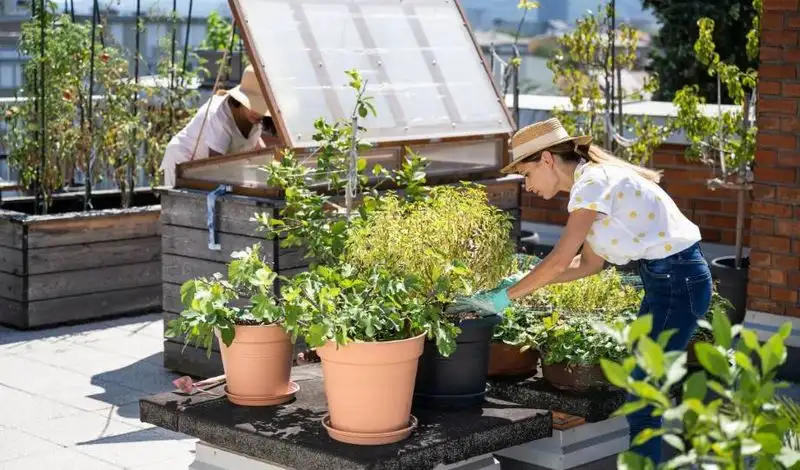
Before you start, it’s essential to evaluate your rooftop’s potential. Check structural integrity to ensure it can support the weight of soil, plants, and pots. Observe the sunlight patterns throughout the day; some plants thrive in full sun, while others prefer shade. Measure the available space, keeping in mind access for maintenance. Understanding wind exposure is crucial, as high winds can damage plants. Consider water accessibility for irrigation. By laying this groundwork, you create a sturdy foundation for your rooftop oasis, ensuring a successful and sustainable garden.
Choosing the Right Plants
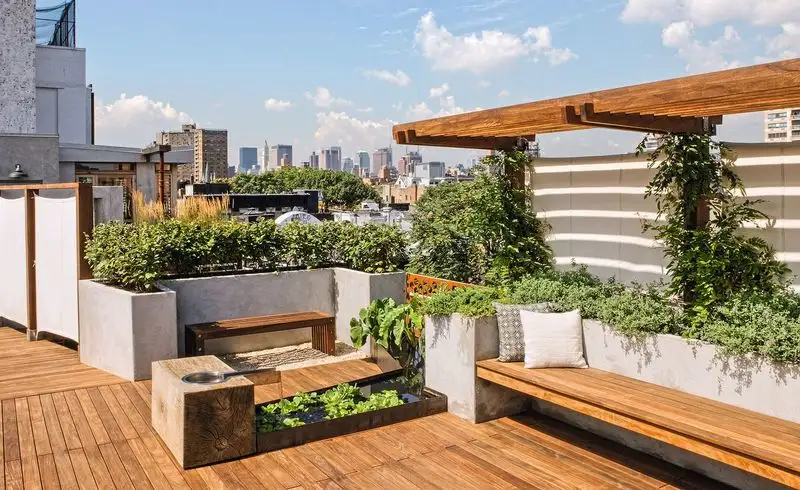
Selecting the right plants is a pivotal step in rooftop gardening. Opt for species that suit your climate and the conditions on your rooftop. Hardy plants, like succulents, can withstand extreme weather and require less maintenance. For those interested in edibles, vegetables like tomatoes and herbs such as basil are great choices. Additionally, consider aesthetic appeal by adding flowering plants to attract pollinators. This blend ensures a garden that is both beautiful and functional. Exploring different plant options can elevate your gardening experience.
Designing Your Garden Layout
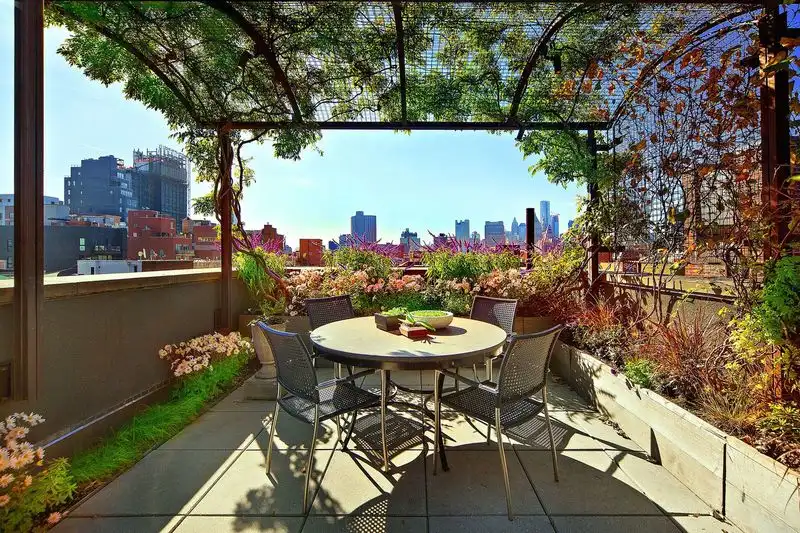
Designing the layout involves creativity and practicality. Start by mapping zones for vegetables, ornamental plants, and leisure areas. Use raised beds or pots to define these zones, providing easy access for care. Adding seating areas allows you to enjoy your garden’s tranquility. Incorporate vertical gardening techniques with trellises for climbing plants, maximizing space. Pathways made of gravel or tiles enhance accessibility and aesthetics. This thoughtful planning not only utilizes space efficiently but also creates a harmonious garden environment, inviting relaxation and enjoyment.
Selecting Suitable Containers
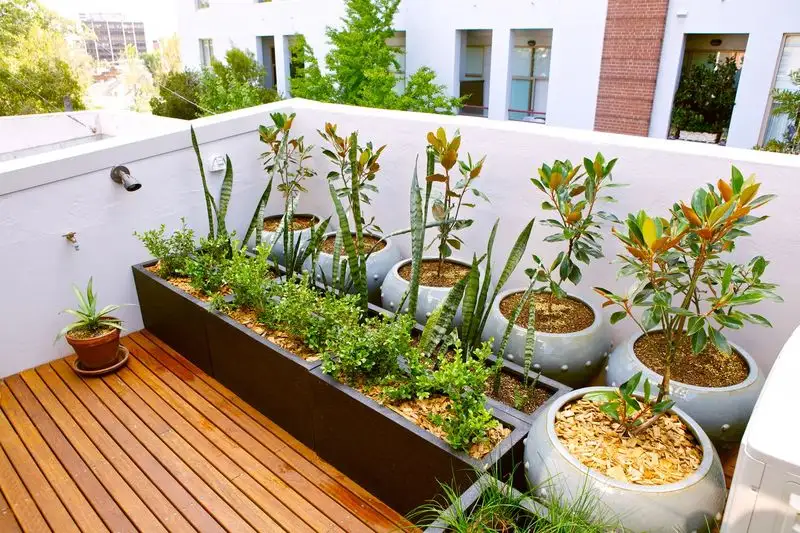
Containers play a crucial role in rooftop gardening, providing homes for your plants. Choose pots made of durable materials like clay, wood, or recycled plastics, ensuring they can withstand weather conditions. Consider size; larger pots retain moisture better, reducing watering frequency. Ensure good drainage to prevent waterlogging, which can harm roots. Lightweight options are ideal to avoid overloading the rooftop. Mixing different styles and sizes can add visual interest. The right containers not only support plant health but also contribute to the garden’s aesthetic appeal.
Implementing a Watering System
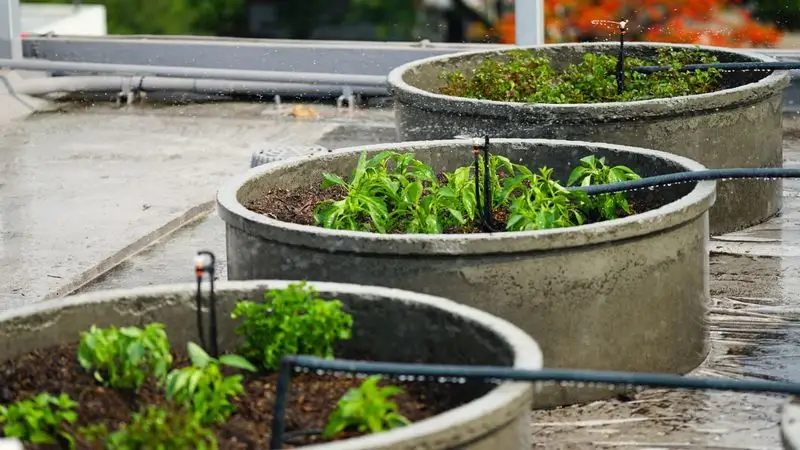
Efficient watering is key to a thriving rooftop garden. Consider installing a drip irrigation system, which conserves water by delivering it directly to plant roots, minimizing evaporation. For smaller gardens, hand watering with a can is effective, but ensure even coverage. Timing is essential; early morning watering reduces water loss and fungal risks. Rainwater harvesting can supplement irrigation needs, offering an eco-friendly solution. These methods ensure your plants receive adequate hydration, fostering growth and reducing maintenance efforts.
Adding Compost and Fertilizers
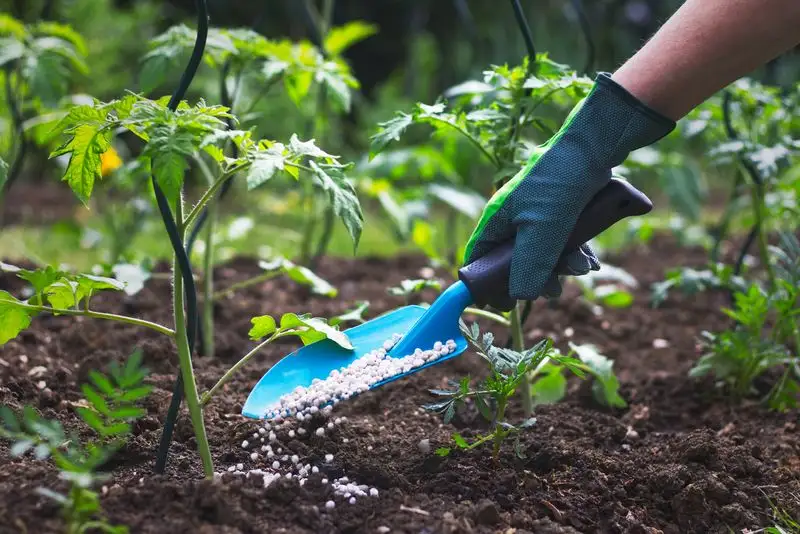
Healthy soil is the backbone of a vibrant garden. Enhance it by adding compost, which enriches the soil with essential nutrients and improves its structure. Organic fertilizers provide additional nourishment, promoting vigorous plant growth. Pay attention to specific plant needs; some may require particular nutrients. Incorporate these amendments into the soil before planting and during the growing season for continuous support. Regular feeding and soil management boost plant resilience, ensuring your garden flourishes with minimal intervention.
Managing Pests and Diseases
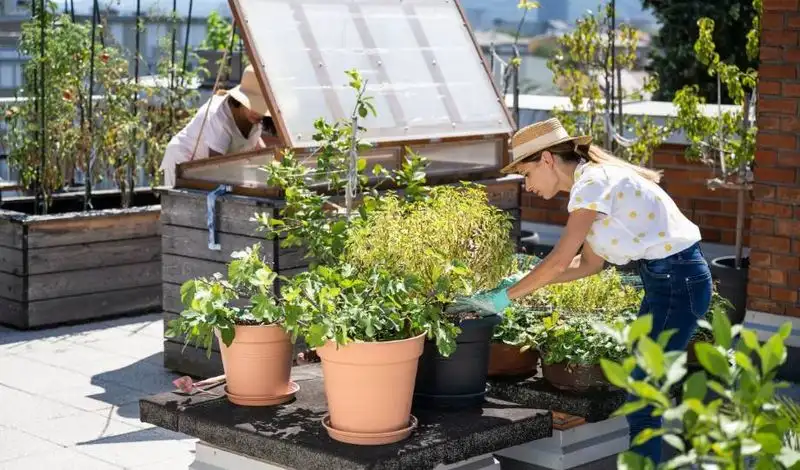
Pest control is vital for a healthy rooftop garden. Regularly inspect plants for signs of pests or diseases, such as discolored leaves or damaged stems. Natural remedies, like neem oil or insecticidal soap, offer eco-friendly solutions without harming beneficial insects. Companion planting can deter pests; for example, marigolds repel nematodes. Maintaining plant health through proper nutrition reduces vulnerability to attacks. Early detection and intervention are crucial, allowing you to address issues promptly and maintain a thriving garden environment.
Creating a Cozy Seating Area
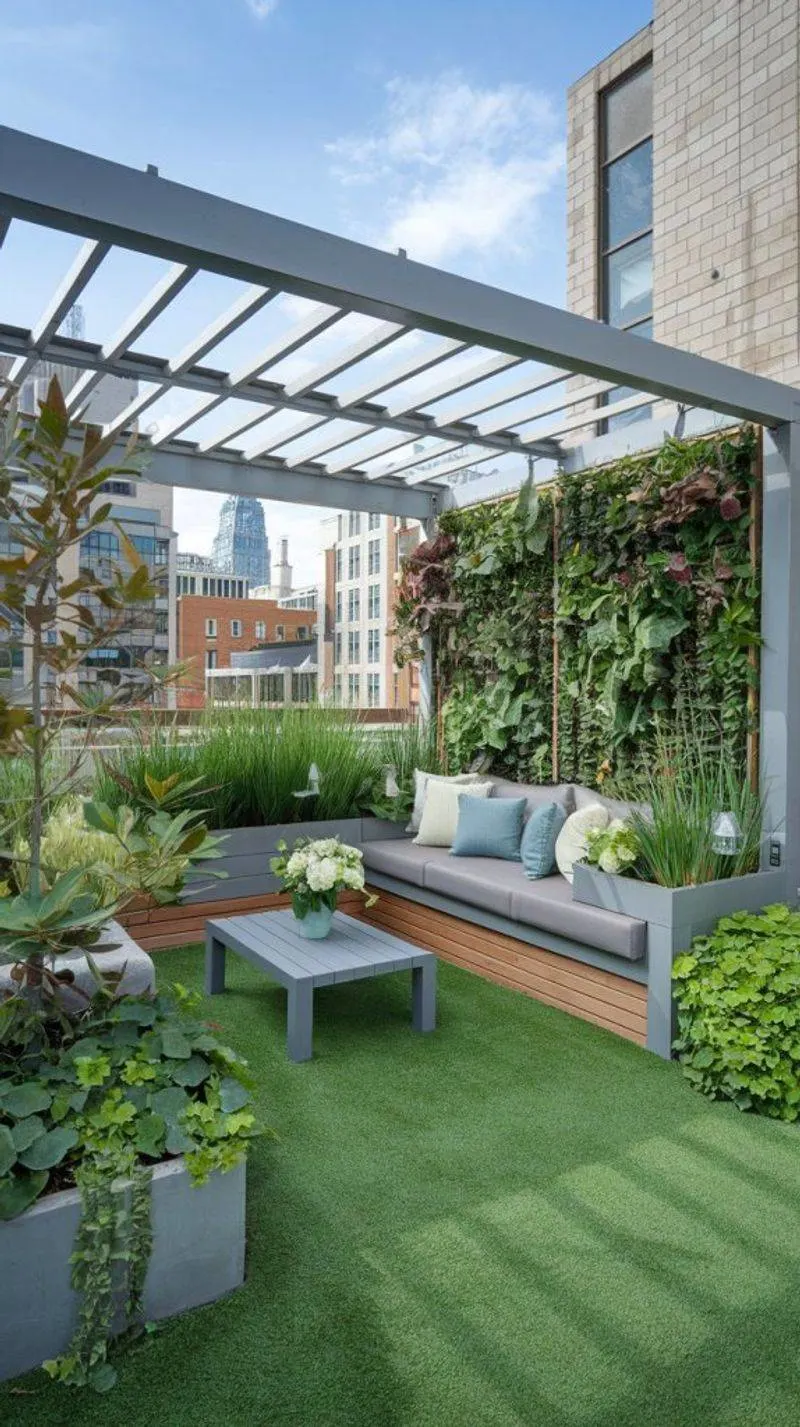
A seating area transforms your rooftop garden into a personal retreat. Choose comfortable, weather-resistant furniture to withstand outdoor conditions. Arrange seating to capture the best views and enjoy tranquil moments amidst greenery. Add cushions or throws for extra comfort, encouraging relaxation. Consider shade options, like umbrellas or pergolas, to protect against harsh sunlight. This inviting space not only enhances the garden’s functionality but also provides a perfect spot for unwinding with nature’s backdrop.
Incorporating Decorative Elements
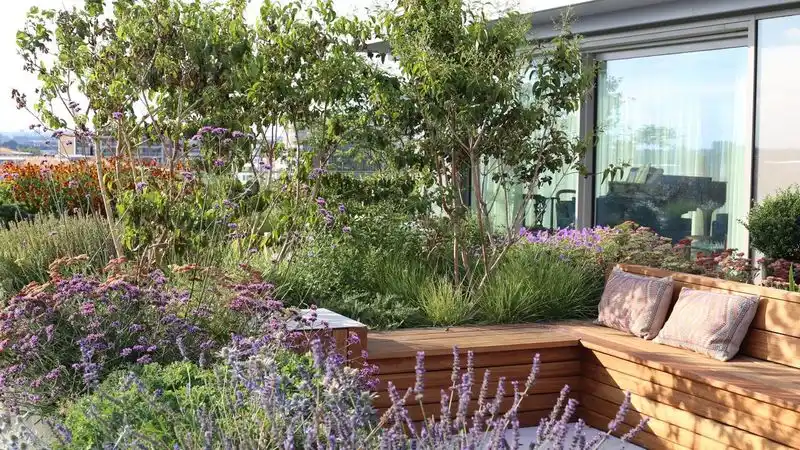
Decorative elements add personality to your rooftop garden. Consider sculptures or garden art to create focal points. Fairy lights or lanterns can illuminate the space, adding ambiance for evening enjoyment. Use colorful planters to inject vibrancy and complement the greenery. Wind chimes bring a soothing auditory dimension. These touches reflect your style and make the garden uniquely yours. By blending aesthetics with nature, you craft a delightful, sensory-rich environment that offers more than just visual appeal.
Seasonal Maintenance Tips
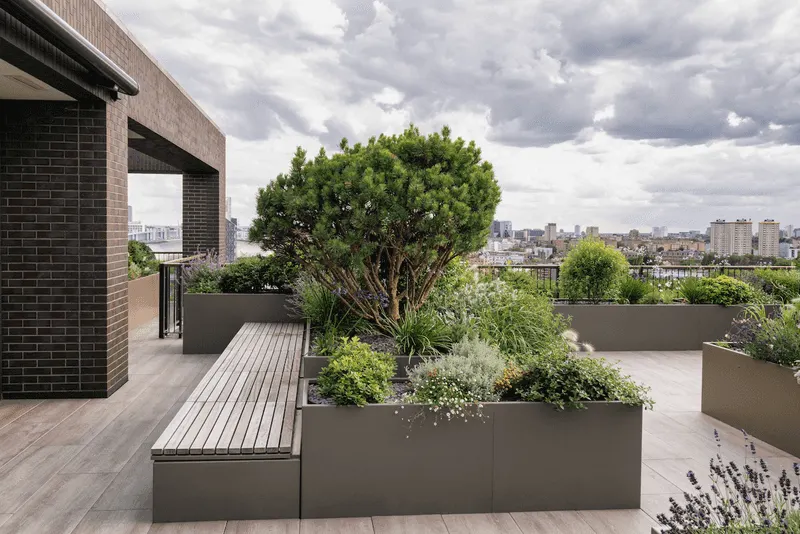
Regular maintenance keeps your rooftop garden thriving. Each season presents unique tasks, like pruning in spring to encourage new growth or mulching in summer to retain soil moisture. Inspect the rooftop structure for any wear and tear, ensuring safety. Adjust the garden layout if necessary to accommodate seasonal variations in sunlight or temperature. Stay on top of these tasks to reduce potential issues and keep your garden lush throughout the year. Consistent care ensures a resilient and visually appealing garden.

